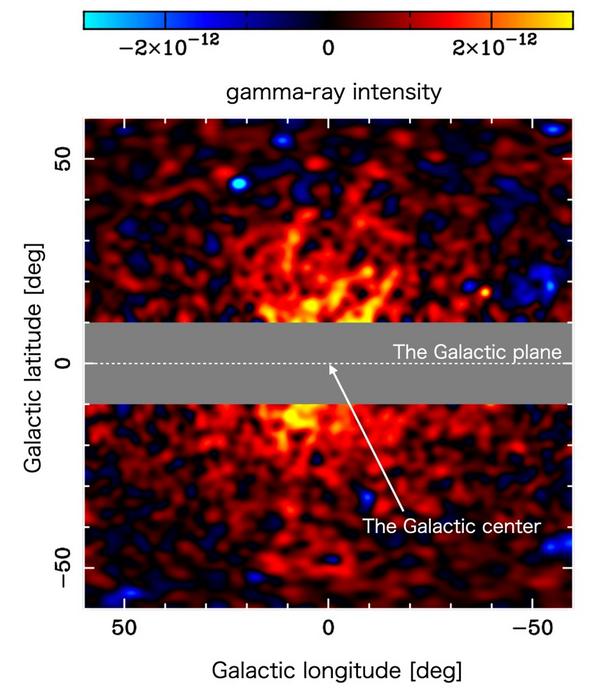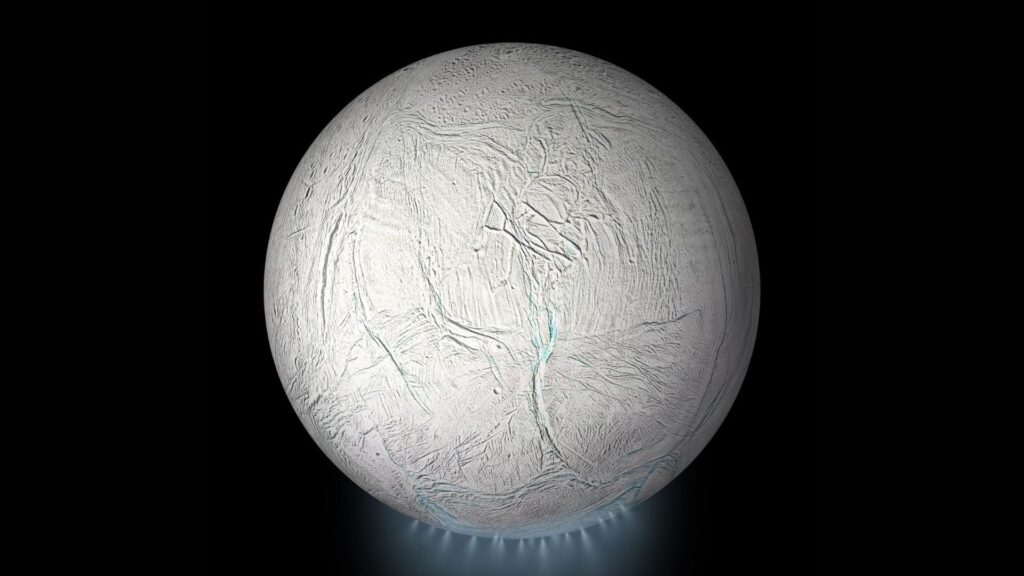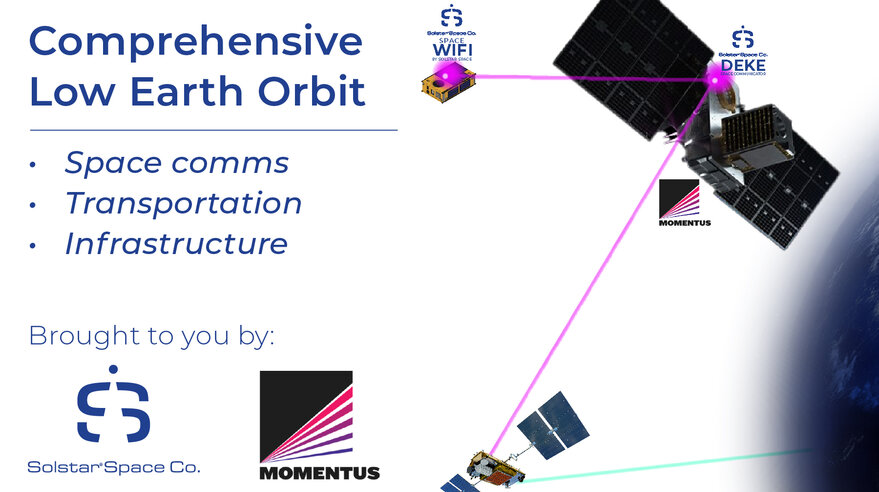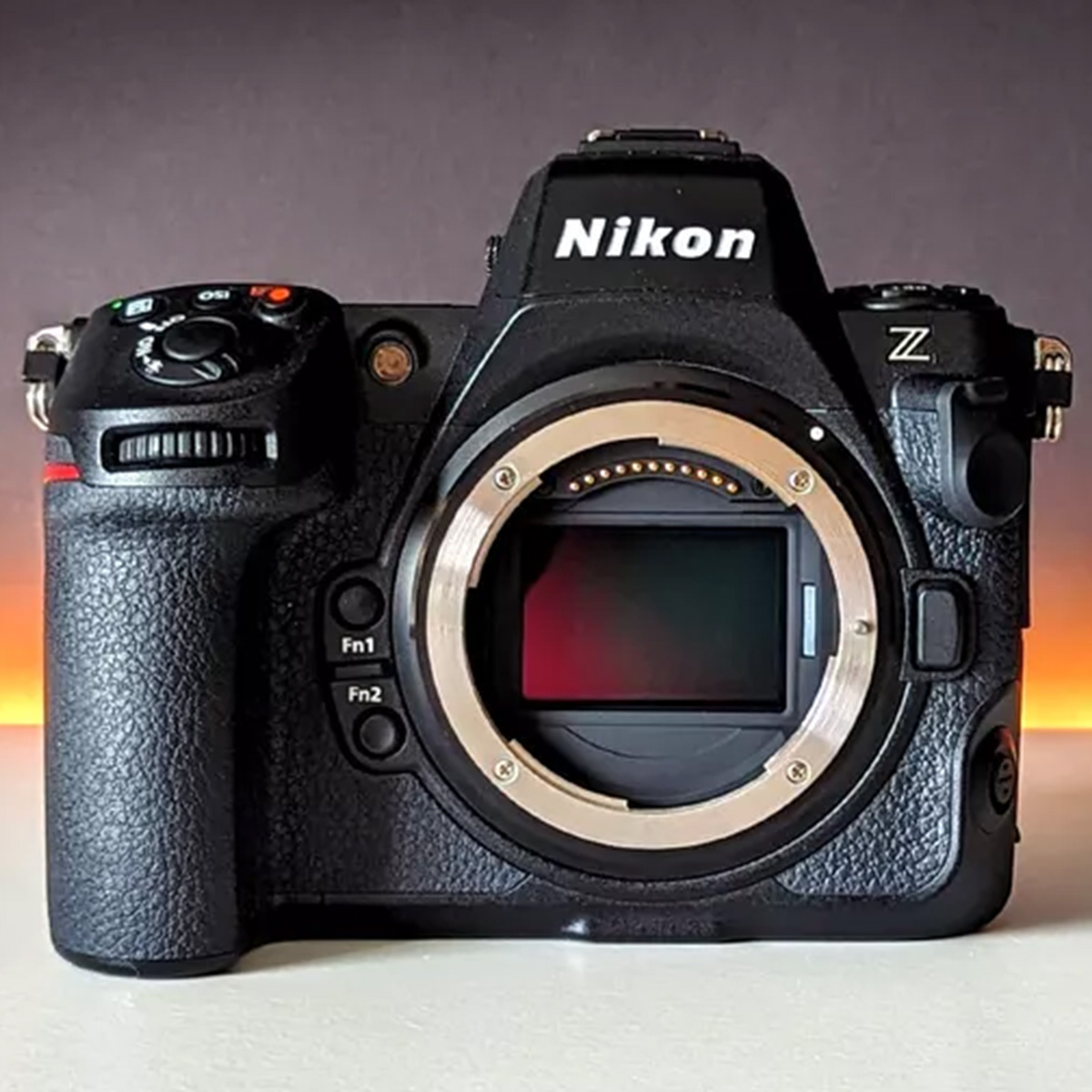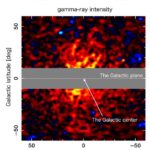Now Reading: Rubin Observatory spins beneath the stars | Space photo of the day for Oct. 13, 2025
-
01
Rubin Observatory spins beneath the stars | Space photo of the day for Oct. 13, 2025
Rubin Observatory spins beneath the stars | Space photo of the day for Oct. 13, 2025
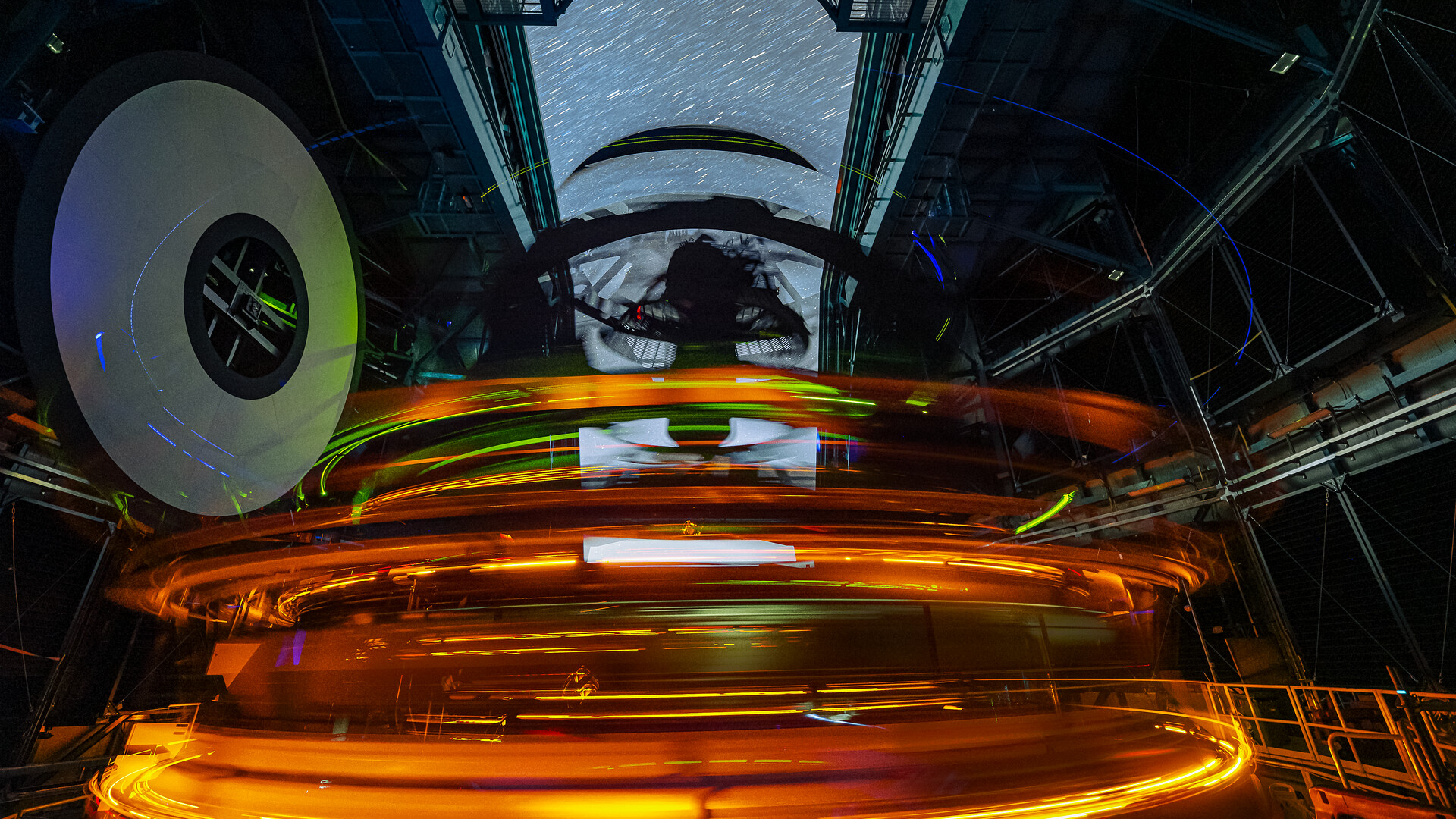
The Vera C. Rubin Observatory has begun its decade-long survey to scan the entire night sky every three days. To do this, it uses the Simonyi Survey Telescope and the Legacy Survey of Space and Time (LSST) camera, the world’s largest digital camera.
What is it?
Together, the telescope and camera work to make this process as efficient as possible. The Simonyi Survey Telescope has an advanced drive system that allows it to move more quickly than any other telescope of its size, completing an exposure and repositioning itself for the next image in as little as five seconds, allowing Rubin to scan the sky at an unprecedented pace.
Similarly impressive, the LSST camera has a massive focal plane that can cover an area of the sky 45 times larger than the full moon with every exposure, building an ever-expanding record of a universe in motion.
Where is it?
This long-exposure image was taken at the Vera C. Rubin Observatory at Cerro Pachón in Chile.
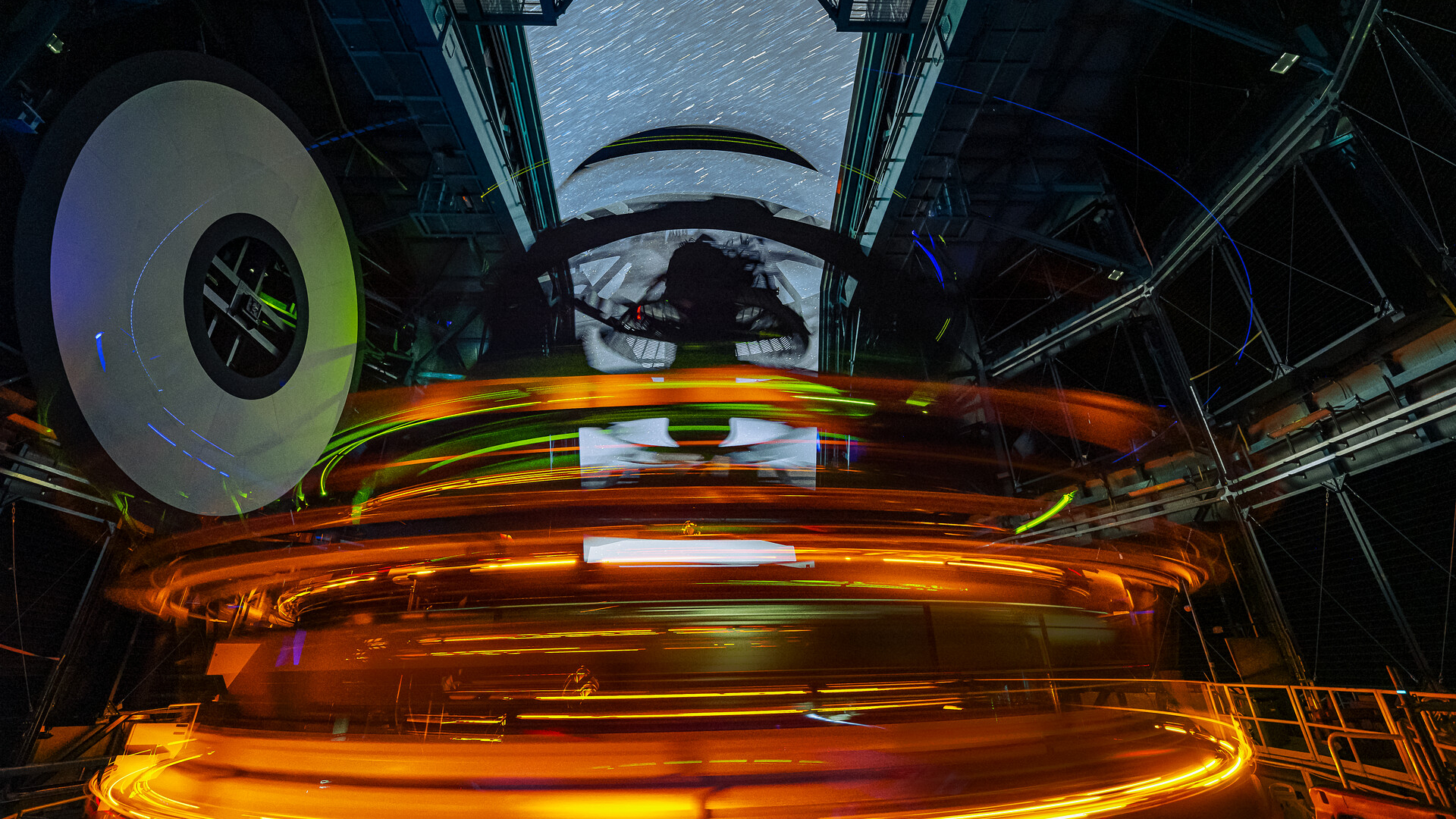
Why is it amazing?
The glowing streaks in this long-exposure image show how often and how fast the Simonyi Survey Telescope spins as it scans the night skies. This scanning will continue for years to come as the Vera Rubin Observatory continues its Legacy Survey of Space and Time flagship project. Over the course of a decade, Rubin will repeatedly scan the entire visible sky, creating a dynamic portrait of cosmic change in the universe.
The LSST is designed to track the shifting positions of asteroids and other near-Earth objects, monitor the flickering of stars and capture the explosive brilliance of supernovae. Beyond these immediate discoveries, Rubin will also probe some of the most profound mysteries in modern science: the nature of dark matter and dark energy.
Want to learn more?
You can learn more about the Rubin Observatory and dark matter.
Stay Informed With the Latest & Most Important News
-
 012024 in Review: Highlights from NASA in Silicon Valley
012024 in Review: Highlights from NASA in Silicon Valley -
 02Panasonic Leica Summilux DG 15mm f/1.7 ASPH review
02Panasonic Leica Summilux DG 15mm f/1.7 ASPH review -
 03How New NASA, India Earth Satellite NISAR Will See Earth
03How New NASA, India Earth Satellite NISAR Will See Earth -
 04And Thus Begins A New Year For Life On Earth
04And Thus Begins A New Year For Life On Earth -
 05Astronomy Activation Ambassadors: A New Era
05Astronomy Activation Ambassadors: A New Era -
06SpaceX launch surge helps set new global launch record in 2024
-
 07Space Force plans new ‘Futures Command’ amid pressure to speed up modernization
07Space Force plans new ‘Futures Command’ amid pressure to speed up modernization












